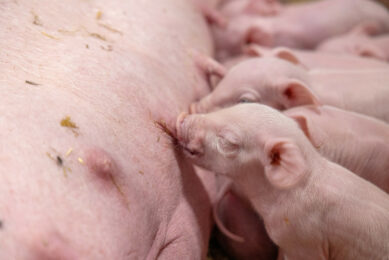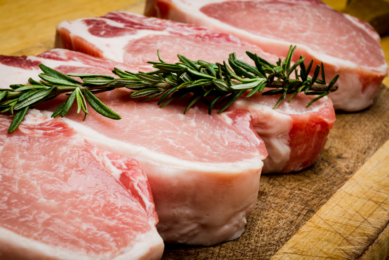Genetic edit can help create pigs with lean cuts

Scientists from South Korea and China say that they have created the pigs with unusual large amounts of lean cuts of pork, using a fast method.
Scientific weekly journal Nature reports that the so-called ‘double-muscled’ pigs are made by editing one gene. This change is simpler than in conventional genetic modification, in which genes from one species are transplanted into another. The scientists hope that regulators will take a lenient stance towards the pigs – and that the breed could be among the first genetically engineered animals to be approved for human consumption.
Breeding would take decades
Jin-Soo Kim, a molecular biologist at Seoul National University who is leading the work, stated that that his gene edits speed up a process that could, at least in principle, occur through a more natural route. “We could do this through breeding,” he says, “but then it would take decades.”
Due to fears of negative environmental and health effects, no genetically engineered animal has been approved for human consumption anywhere in the world.
Engineering pigs immune to ASF
Kim and his colleagues are part of a growing group of researchers who hope that gene editing, which can be used to disable a single gene, will avoid this. Researchers have also engineered pigs that are immune to African Swine Fever virus.
Key to creating the double-muscled pigs is a mutation in the myostatin gene (MSTN). MSTN inhibits the growth of muscle cells, keeping muscle size in check. But in some cattle, dogs and humans, MSTN is disrupted and the muscle cells proliferate, creating an abnormal bulk of muscle fibres.
Marketing the pig sperm in China
Kim hopes to market the edited pig sperm to farmers in China, where demand for pork is on the rise. The regulatory climate there may favour his plan. China is investing heavily in gene editing and historically is said to have a lax regulatory system.
Read the full article on the super-muscly pigs.











